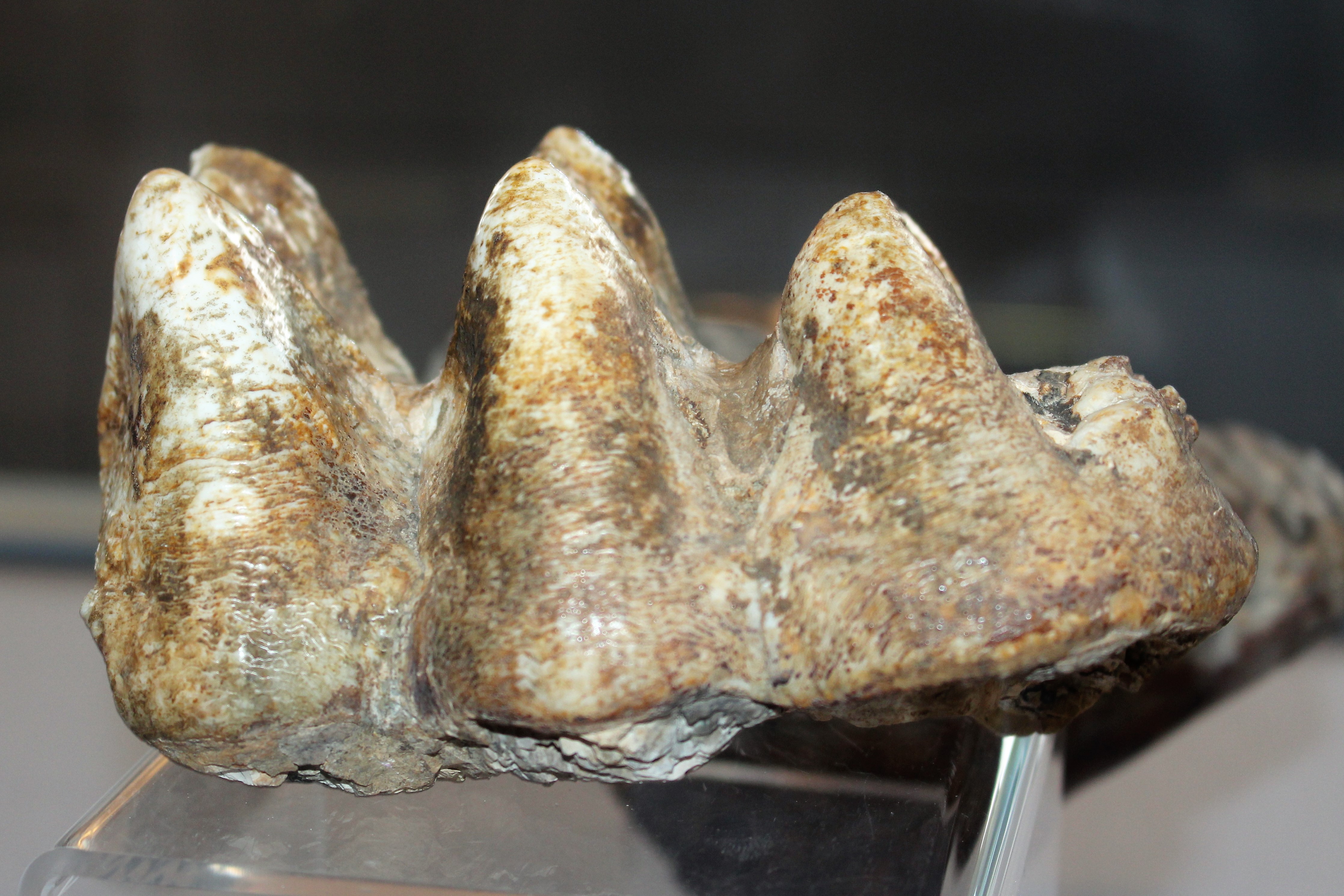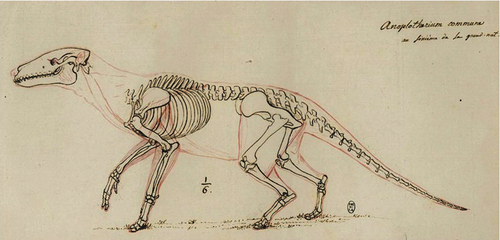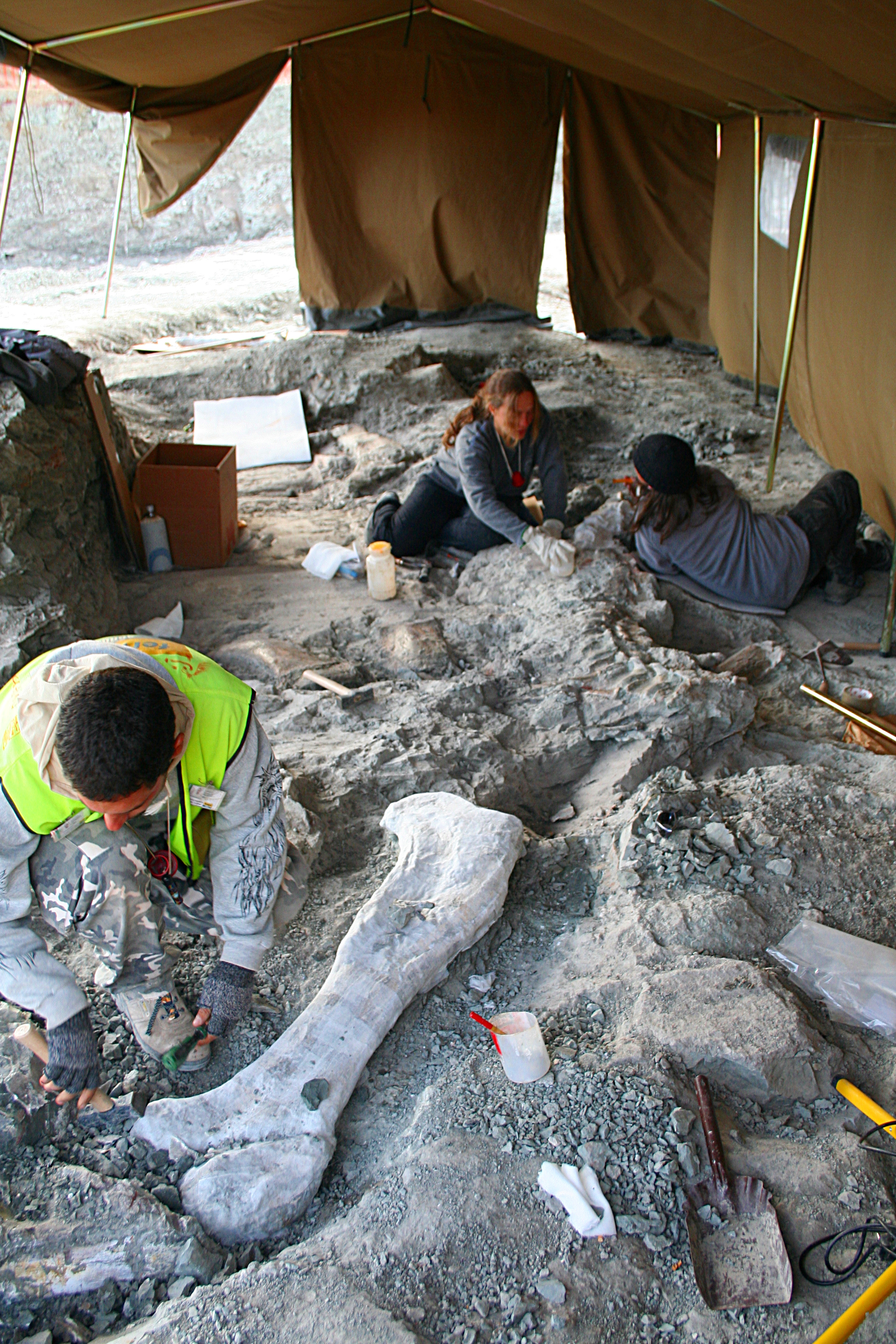|
Cuvier
Jean Léopold Nicolas Frédéric, baron Cuvier (23 August 1769 – 13 May 1832), known as Georges Cuvier (; ), was a French natural history, naturalist and zoology, zoologist, sometimes referred to as the "founding father of paleontology". Cuvier was a major figure in natural sciences research in the early 19th century and was instrumental in establishing the fields of comparative anatomy and paleontology through his work in comparing living animals with fossils. Cuvier's work is considered the foundation of vertebrate paleontology, and he expanded Linnaean taxonomy by grouping classes into phylum, phyla and incorporating both fossils and living species into the classification. Cuvier is also known for establishing extinction as a fact—at the time, extinction was considered by many of Cuvier's contemporaries to be merely controversial speculation. In his ''Essay on the Theory of the Earth'' (1813) Cuvier proposed that now-extinct species had been wiped out by periodic catastr ... [...More Info...] [...Related Items...] OR: [Wikipedia] [Google] [Baidu] |
Le Règne Animal
''Le Règne Animal'' () is the most famous work of the French naturalist Georges Cuvier. It sets out to describe the natural structure of the whole of the animal, animal kingdom based on comparative anatomy, and its natural history. Cuvier divided the animals into four ''embranchements'' ("Branches", roughly corresponding to phyla), namely vertebrates, molluscs, articulated animals (arthropods and annelids), and zoophytes (cnidaria and other phyla). The work appeared in four octavo volumes in December 1816 (although it has "1817" on the title pages); a second edition in five volumes was brought out in 1829–1830 and a third, written by twelve "disciples" of Cuvier, in 1836–1849. In this classic work, Cuvier presented the results of his life's research into the structure of living and fossil animals. With the exception of the section on insects, in which he was assisted by his friend Pierre André Latreille, the whole of the work was his own. It was translated into English many ... [...More Info...] [...Related Items...] OR: [Wikipedia] [Google] [Baidu] |
Paleontology
Paleontology, also spelled as palaeontology or palæontology, is the scientific study of the life of the past, mainly but not exclusively through the study of fossils. Paleontologists use fossils as a means to classify organisms, measure geologic time, and assess the interactions between prehistoric organisms and their natural environment. While paleontological observations are known from at least the 6th century BC, the foundation of paleontology as a science dates back to the work of Georges Cuvier in 1796. Cuvier demonstrated evidence for the concept of extinction and how life of the past was not necessarily the same as that of the present. The field developed rapidly over the course of the following decades, and the French word ''paléontologie'' was introduced for the study in 1822, which was derived from the Ancient Greek word for "ancient" and words describing relatedness and a field of study. Further advances in the field accompanied the work of Charles Darwin ... [...More Info...] [...Related Items...] OR: [Wikipedia] [Google] [Baidu] |
Megatherium
''Megatherium'' ( ; from Greek () 'great' + () 'beast') is an extinct genus of ground sloths endemic to South America that lived from the Early Pliocene through the end of the Late Pleistocene. It is best known for the elephant-sized type species ''Megatherium americanum'', primarily known from the Pampas, but ranging southwards to northernmost Patagonia and northwards to southern Bolivia during the late Middle Pleistocene and Late Pleistocene. Various other species belonging to the subgenus ''Pseudomegatherium'' ranging in size comparable to considerably smaller than ''M. americanum'' are known from the Andean region. The first (holotype) specimen of ''Megatherium'' was discovered in 1787 on the bank of the Luján River in what is now northern Argentina. The specimen was then shipped to Spain the following year wherein it caught the attention of the French paleontologist Georges Cuvier, who named the animal in 1796 and was the first to determine, by means of comparative anato ... [...More Info...] [...Related Items...] OR: [Wikipedia] [Google] [Baidu] |
Extinction
Extinction is the termination of an organism by the death of its Endling, last member. A taxon may become Functional extinction, functionally extinct before the death of its last member if it loses the capacity to Reproduction, reproduce and recover. As a species' potential Range (biology), range may be very large, determining this moment is difficult, and is usually done retrospectively. This difficulty leads to phenomena such as Lazarus taxon, Lazarus taxa, where a species presumed extinct abruptly "reappears" (typically in the Fossil, fossil record) after a period of apparent absence. Over five billion species are estimated to have died out. It is estimated that there are currently around 8.7 million species of eukaryotes globally, possibly many times more if microorganisms are included. Notable extinct animal species include Dinosaur, non-avian dinosaurs, Machairodontinae, saber-toothed cats, and mammoths. Through evolution, species arise through the process of specia ... [...More Info...] [...Related Items...] OR: [Wikipedia] [Google] [Baidu] |
Mastodon
A mastodon, from Ancient Greek μαστός (''mastós''), meaning "breast", and ὀδούς (''odoús'') "tooth", is a member of the genus ''Mammut'' (German for 'mammoth'), which was endemic to North America and lived from the late Miocene to the early Holocene. Mastodons belong to the order Proboscidea, the same order as elephants and mammoths (which belong to the family Elephantidae). ''Mammut'' is the type genus of the extinct family Mammutidae, which diverged from the ancestors of modern elephants at least 27–25 million years ago, during the Oligocene. Like other members of Mammutidae, the molar (tooth), molar teeth of mastodons have zygodont morphology (where parallel pairs of cusp (anatomy), cusps are merged into sharp ridges), which strongly differ from those of elephantids. In comparison to its likely ancestor ''Zygolophodon'', ''Mammut'' is characterized by particularly long and upward curving upper tusks, reduced or absent tusks on the lower jaw, as well a ... [...More Info...] [...Related Items...] OR: [Wikipedia] [Google] [Baidu] |
Catastrophism
In geology, catastrophism is the theory that the Earth has largely been shaped by sudden, short-lived, violent events, possibly worldwide in scope. This contrasts with uniformitarianism (sometimes called gradualism), according to which slow incremental changes, such as erosion, brought about all the Earth's geological features. The proponents of uniformitarianism held that the present was "the key to the past", and that all geological processes (such as erosion) throughout the past resembled those that can be observed today. Since the 19th-century disputes between catastrophists and uniformitarians, a more inclusive and integrated view of geologic events has developed, in which the scientific consensus accepts that some catastrophic events occurred in the geologic past, but regards these as explicable as extreme examples of natural processes which can occur. Proponents of catastrophism proposed that each geological epoch ended with violent and sudden natural catastrophes such ... [...More Info...] [...Related Items...] OR: [Wikipedia] [Google] [Baidu] |
Muséum National D'histoire Naturelle
The French National Museum of Natural History ( ; abbr. MNHN) is the national natural history museum of France and a of higher education part of Sorbonne University. The main museum, with four galleries, is located in Paris, France, within the Jardin des Plantes on the left bank of the River Seine. It was formally founded in 1793, during the French Revolution, but was begun even earlier in 1635 as the royal garden of medicinal plants. The museum now has 14 sites throughout France. Since the 2014 reform, it has been headed by a chairman, assisted by deputy managing directors. The Museum has a staff of approximately 2,350 members, including six hundred researchers. It is a member of the national network of naturalist collections (RECOLNAT). History 17th–18th century File:Jardin du roi 1636.png, The Royal Garden of Medicinal Plants in 1636 File:Buffon statue dsc00979.jpg, Statue of Georges-Louis Leclerc, Comte de Buffon in the formal garden File:Buffon, Georges Louis - Leclerc, ... [...More Info...] [...Related Items...] OR: [Wikipedia] [Google] [Baidu] |
Alexandre Brongniart
Alexandre Brongniart (5 February 17707 October 1847) was a French chemist, mineralogist, geologist, paleontologist, and zoologist, who collaborated with Georges Cuvier on a study of the geology of the region around Paris. Observing fossil content as well as lithology in sequences, he classified Tertiary period, Tertiary Formation (geology), formations and was responsible for defining 19th century geological studies as a subject of science by assembling observations and classifications. Brongniart was also the founder of the Sèvres - Cité de la céramique, Musée national de Céramique-Sèvres (National Museum of Ceramics), having been director of the Manufacture nationale de Sèvres, Sèvres Porcelain Factory from 1800 to 1847. Life He was born in Paris, the son of the architect Alexandre-Théodore Brongniart and father of the botanist Adolphe-Théodore Brongniart. In 1788, he co-founded the French Philomathic Society of Paris. In 1797, he became an instructor of natural hi ... [...More Info...] [...Related Items...] OR: [Wikipedia] [Google] [Baidu] |
Montbéliard
Montbéliard (; traditional ) is a town in the Doubs department in the Bourgogne-Franche-Comté region in eastern France, about from the border with Switzerland. It is one of the two subprefectures of the department. History Montbéliard is mentioned as early as 983 as . The County of Montbéliard or Mömpelgard was a feudal county of the Holy Roman Empire from 1033 to 1796. In 1283, it was granted rights under charter by Count Reginald. Its charter guaranteed the county perpetual liberties and franchises which lasted until the French Revolution in 1789. Montbéliard's original municipal institutions included the Magistracy of the Nine Bourgeois, the Corp of the Eighteen and the Notables, a Mayor, and Procurator, and appointed "Chazes", who all participated in the administration of the county as provided by the charter. Also under the 1283 charter, the Count and the people of Montbéliard were required by law to defend Montbéliard, while citizens of Montbéliard were not ... [...More Info...] [...Related Items...] OR: [Wikipedia] [Google] [Baidu] |
Vertebrate Paleontology
Vertebrate paleontology is the subfield of paleontology that seeks to discover, through the study of fossilized remains, the behavior, reproduction and appearance of extinct vertebrates (animals with vertebrae and their descendants). It also tries to connect, by using the evolutionary timeline, the animals of the past and their modern-day relatives. The fossil record shows aspects of the meandering evolutionary path from early aquatic vertebrates to modern fish as well as mammals, birds, reptiles and amphibians, with a host of transitional fossils, though there are still large blank areas. The earliest known fossil vertebrates were heavily armored fish discovered in rocks from the Ordovician period about 485 to 444 Ma ( megaannum, million years ago), with jawed vertebrates emerging in the following Silurian period (444 to 419 Ma) with the placoderms and acanthodians. The Devonian period (419 to 359 Ma) saw primitive air-breathing fish to develop limbs allowing ... [...More Info...] [...Related Items...] OR: [Wikipedia] [Google] [Baidu] |
Ground Sloth
Ground sloths are a diverse group of extinct sloths in the mammalian superorder Xenarthra. They varied widely in size with the largest, belonging to genera '' Lestodon'', ''Eremotherium'' and ''Megatherium'', being around the size of elephants. Ground sloths represent a paraphyletic group, as living tree sloths are thought to have evolved from ground sloth ancestors. The early evolution of ground sloths took place during the late Paleogene and Neogene of South America, while the continent was isolated. At their earliest appearance in the fossil record, they were already distinct at the family level. Sloths dispersed into the Greater Antilles during the Oligocene, and the presence of intervening islands between the American continents in the Miocene allowed a dispersal of some species into North America. They were hardy as evidenced by their high species diversity and their presence in a wide variety of environments, extending from the far south of Patagonia ( Cueva del Milodón ... [...More Info...] [...Related Items...] OR: [Wikipedia] [Google] [Baidu] |
Biostratigraphy
Biostratigraphy is the branch of stratigraphy which focuses on correlating and assigning relative ages of rock strata by using the fossil assemblages contained within them.Hine, Robert. "Biostratigraphy." ''Oxford Reference: Dictionary of Biology'', 8th ed., Oxford University Press, 2019. The primary objective of biostratigraphy is ''correlation'', demonstrating that a particular horizon in one geological section represents the same period of time as another horizon at a different section. Fossils within these strata are useful because sediments of the same age can look completely different, due to local variations in the sedimentary environment. For example, one section might have been made up of clays and marls, while another has more chalky limestones. However, if the fossil species recorded are similar, the two sediments are likely to have been laid down around the same time. Ideally these fossils are used to help identify biozones, as they make up the basic biostratigraphy ... [...More Info...] [...Related Items...] OR: [Wikipedia] [Google] [Baidu] |









